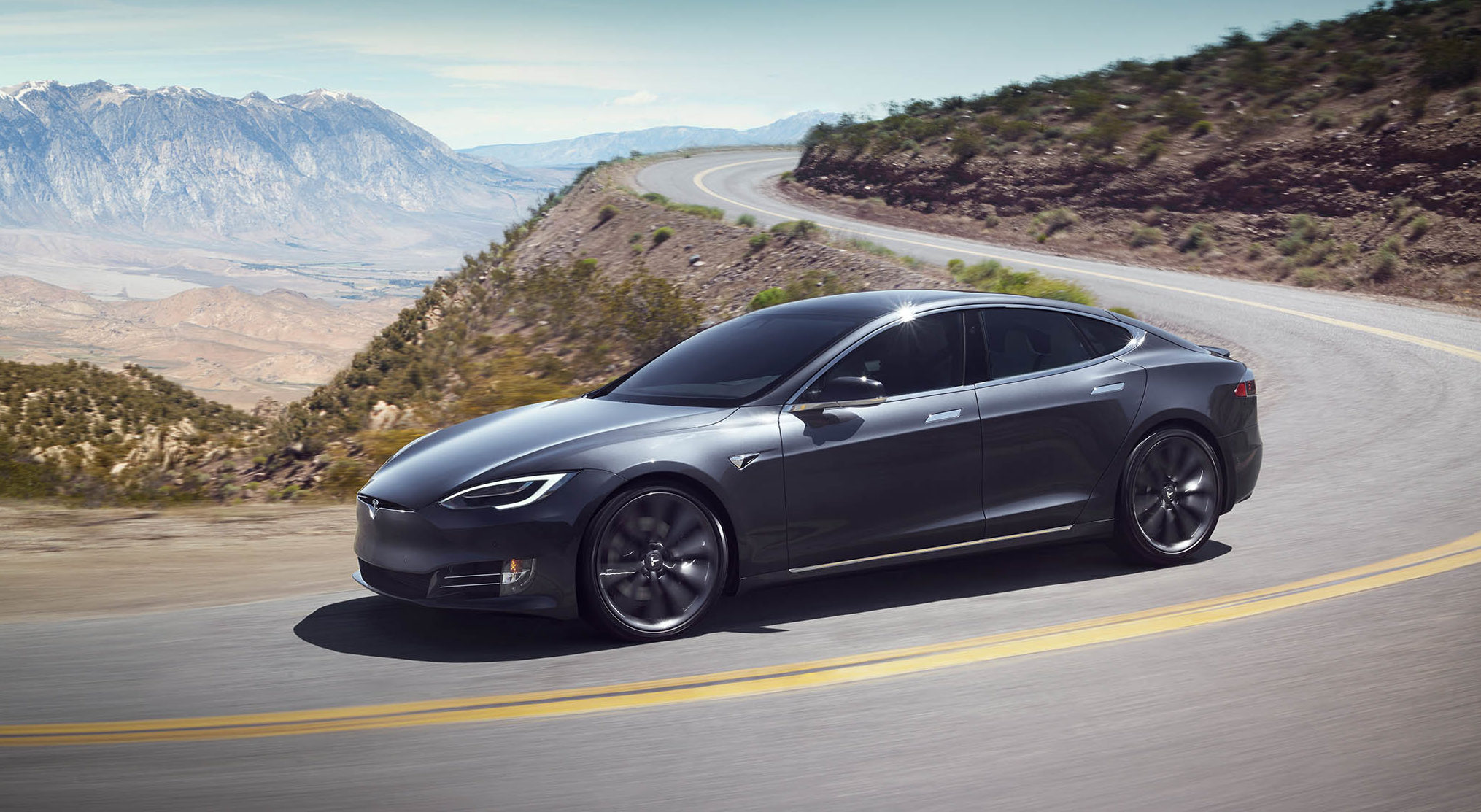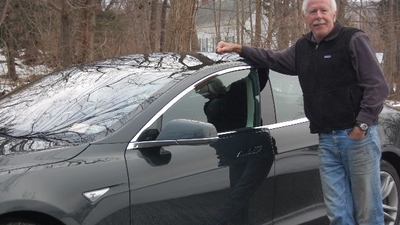

The 30G factory will likely be build in California close to Tesla's current factory and it will add substantially to the capacity that Panasonic currently build for about 100,000 Model S battery packs in Japan or about 8Gwh.

The 30 giga Wh per year battery factory that Tesla plan is enough for 353,000 Model S with a 85kwh battery (= 30,000,000kwh/85kwh) or 500,000 Model E with a 60kwh battery (= 30,000,000kwh/60kwh). Since Panasonic is Tesla’s primary partner on production, Musk said, the default assumption is that Panasonic would continue to partner with Tesla in the Gigafactory. However, he did say that Tesla expects there to be more than one partner in factory. Musk was very tightlipped on the earnings call about any details of the factory, relegating questions about that to the event next week. It would also allow the company to address the solar power industry’s need for a massive volume of stationary battery packs, Tesla suggested. With this facility, the company said, it would be highly confident of being able to create a “compelling and affordable electric car” in approximately three years. Tesla plans to integrate precursor material, cell, module and pack production into one facility.

During the earnings call, Musk said that there would be an announcement next week, providing more information about the Tesla Gigafactory.Īs sketched out on the conference call and in the shareholder letter, the Gigafactory is intended to achieve a major reduction in the cost of the battery packs and to accelerate the pace of battery innovation. In November last year, Musk suggested that a “giga factory”-a battery factory owned and operated by Tesla-was in the works. “The Gigafactory would absorb all of the cells produced, and would still need to bring in more cells from around the world.” The company expects to have production design Model X prototypes on the road by end of year and begin volume deliveries to customers in the spring of 2015. Operating expenses are expected to grow roughly 15% in Q1. The company plans to expand production capacity for Model S and Model X invest in the store, service and Supercharger infrastructure complete the development of Model X and start early design work on its third-generation car. Operating expenses and capital expenditures will increase significantly in 2014. (Tesla is not breaking out either its sales or its projections by region.) The first Model S deliveries to China are scheduled for this spring the company is planing substantial investments in China this year as it adds new stores, service centers and a Supercharger network. Tesla expects the combined sales from Europe and China to be roughly twice that of North America. Deliveries will grow in future quarters as the logistics pipeline fills.

However, as the number of cars in transit to Europe and Asia must grow substantially to support those markets, the company plans to deliver approximately 6,400 vehicles in Q1. We’re not trying to sell the Model X at all, but demand seems to be remarkably high, as we are seeing an accumulation of Model X deposits.”įirst quarter production is expected to be about 7,400 vehicles, compared to the prior quarter production of 6,587 cars. It’s like you are going fishing and the fish are jumping in the boat. “Model X demand is very high, even though there is zero marketing for the Model X. Q4 sales also included $15 million of regulatory credits revenue, but no zero emission vehicle (ZEV) credit sales. In 2013, Tesla pulled in almost $2.5 billion in sales on a non-GAAP basis and more than $2 billion in sales on a GAAP basis.īoth Toyota and Daimler powertrain programs remain on plan and contributed $13 million of revenue in the quarter. Average pricing also remained strong due to a richer mix of 85 kWh cars and a high option take rate. It achieved this by reducing vehicle cost-primarily through component cost reductions-as well as increased manufacturing and supply chain efficiency. In the letter to shareholders Tesla said that it exceeded its target automotive gross margin of 25%, achieving 25.2% on a non-GAAP basis and 25.8% on a GAAP basis.


 0 kommentar(er)
0 kommentar(er)
